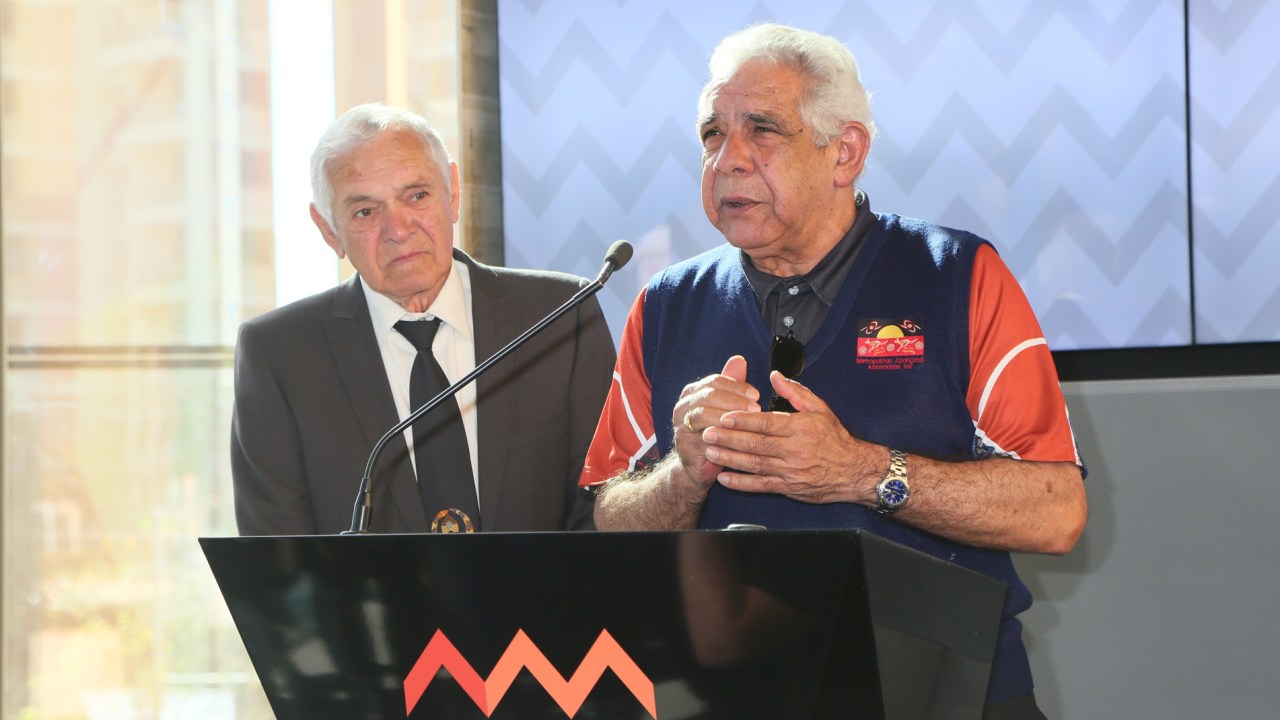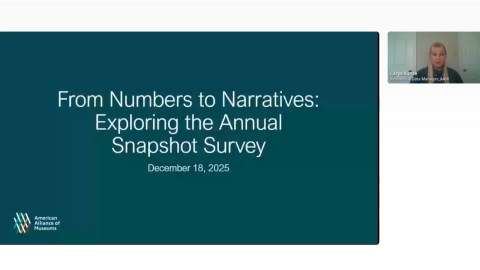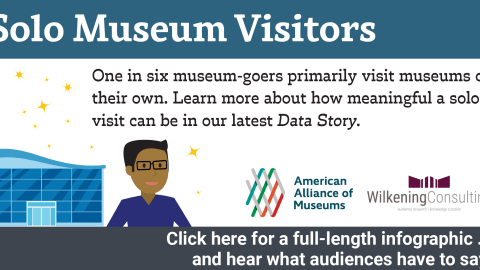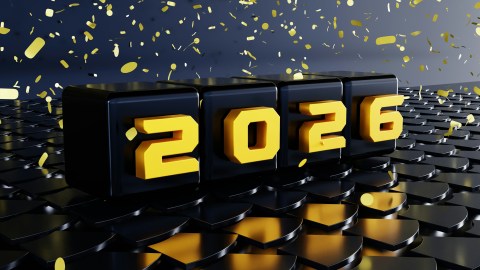
At the heart of modern museum work is the tension between our mission to preserve the past, and a moral obligation to confront the bias and inequities entangled with that inheritance. The history, mindset, and material culture of colonization are deeply embedded in our institutions. In today’s guest post Frank Howarth, who directed the Australian Museum, Sydney from 2004-2014, offers some thoughts on decolonizing museum practice, starting with personal and organizational soul-searching.
Elizabeth and I had just had an interesting email exchange with a journalist in Berlin who was writing about the nearly complete Humboldt Forum. I had, and continue to have some concerns about the Forum, Germany, and greater Europe’s attitude to first peoples in their former colonies. So Elizabeth asked me to write a blog post about decolonisation museums in Australia. In pure definitional terms we are no longer colonies of the British. But what about our mindset? Have we decolonised our way of thinking?
I’m going to do this as a series of events that shaped my thinking. The moment I became Director of the Australian Museum in 2004 I began to understand the significance of “welcome to country” and why it is so important. It’s now customary to acknowledge that any place on which people meet within Australia has traditional owners, either the Aboriginal people of mainland Australia or the people of the Australian islands in the Torres Strait. In Aboriginal culture oneness with country (and I mean country in a holistic Indigenous sense, not a contemporary sense of Nation) is everything, and it is customary to be welcomed onto someone else’s country, and for the visitor to acknowledge the traditional owners.
A bit later I went to the then Getty Museum Leadership Program in 2010, with my New Zealand and Australian colleagues expecting to be welcomed to the Native American country on which the Getty Museum is situated (a comparable program in Australia or New Zealand would have a significant and very meaningful welcome to country by the traditional owners). We were surprised and disappointed that not only was there no acknowledgement of Native American place, there was negligible mention of anything Native American within the whole course. Nor was there any discussion around contemporary issues in museums and collections of the materials of first peoples.
Back at the Australian Museum, we continued our soul-searching about our relationship with and responsibilities to the first peoples whose culture was reflected in the collections we held, those peoples being mainly Pacific Islanders, Australian Aboriginal peoples, and Torres Strait Islanders.
A major milestone in decolonising our thinking was to really recognise that we in the Museum are not “owners” but are custodians of those collections, with an obligation to the peoples who created the objects and stories, and to their descendants. We stopped thinking as owners with rights, to thinking as custodians with obligations. And one of those obligations was to connect creator communities with their material culture which was cared for in our vaults.
This thinking was key to a project by our national museum organisation, Museums Galleries Australia, called the Indigenous Roadmap Project, which seeks to advance the participation and representation of Aboriginal and Torres Strait Islander people in Australia’s museums and art galleries. It started with an audit of Indigenous participation in the sector, then produced an issues paper including options for change, and is now well advanced in developing a 10 year roadmap for Indigenous engagement.
My final example of an event that shaped my thinking was a visit to the Australian Museum by Chief Jerry Taki, a Ni-Vanuatu leader and traditional owner from the island of Erromango, who had come to work with some of the extensive Vanuatu collections for which the Museum was custodian. I was with him when he was looking at the Museum’s extensive collection of arrows from Vanuatu. Our Australian collection managers had no information as to why all of the arrows were slightly different. To chief Jerry it was obvious. During ritualised battle, when you fire an arrow at someone, it is customary to sing to them about the type of arrow you’re firing and how it will behave in flight, thus giving them a fair chance of dodging it (there is a video of chief Jerry here). It proved to me that we have so much to learn about our collections, but we just have to ask.
I also remember asking Chief Jerry if the people of Vanuatu would want all these collections repatriated to them. He reflected for a moment then said no, it’s good that we’re looking after their materials, and as long as the Ni-Vanuatu people have access to their objects then he was satisfied that they stay where they are.
What do these few reflections mean for decolonisation in the museum sector in Australia? It means we’ve begun to “decolonise” our way of thinking, to stop assuming we “experts” know it all, to stop being patronising to first peoples. How decolonised is your thinking?
Frank Howarth was Director of the Australian Museum from 2004 to 2014. He was Chair of the ICOM(Australia) from 2010 to 2013, a member of the Council of Australasian Museum Directors from 2004 to 2014, and National President of Museums Galleries Australia from 2013 to 2017. He is now a board member of several cultural organisations and is an inaugural member of the Reference Group to the recently announced Australian National Aboriginal Art Gallery in Alice Springs. You can learn more about his work at www.frankhowarth.com.au







